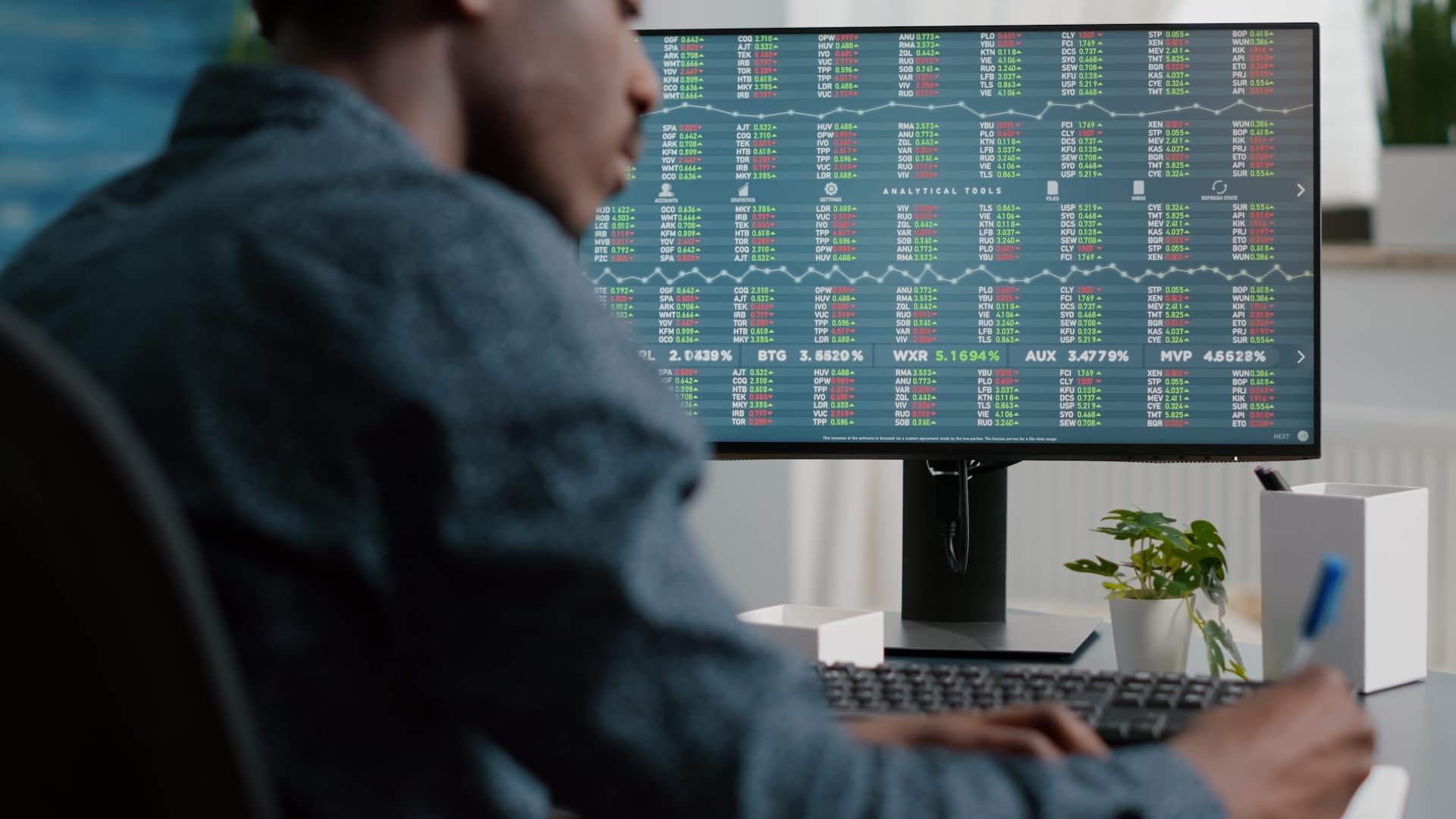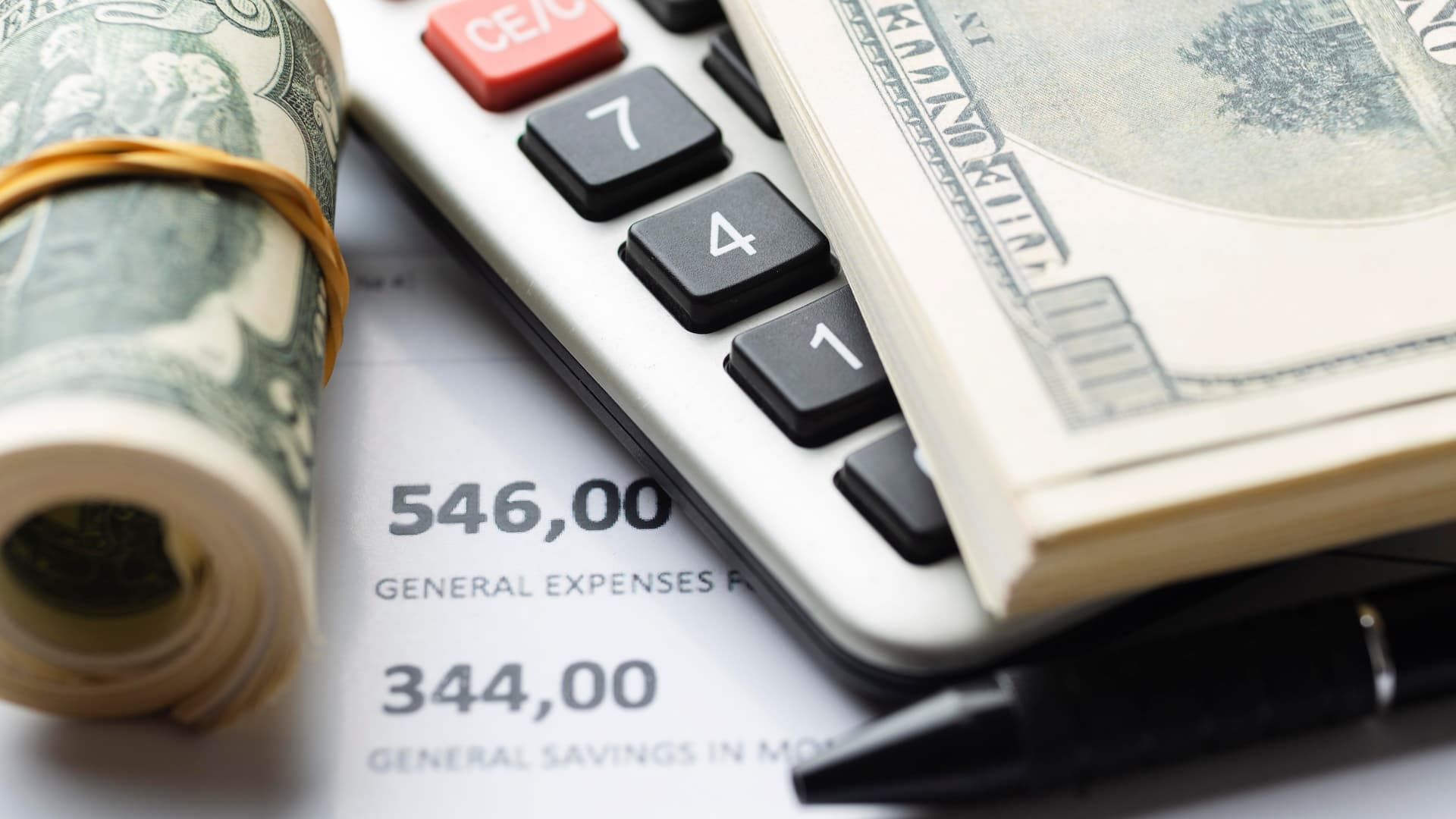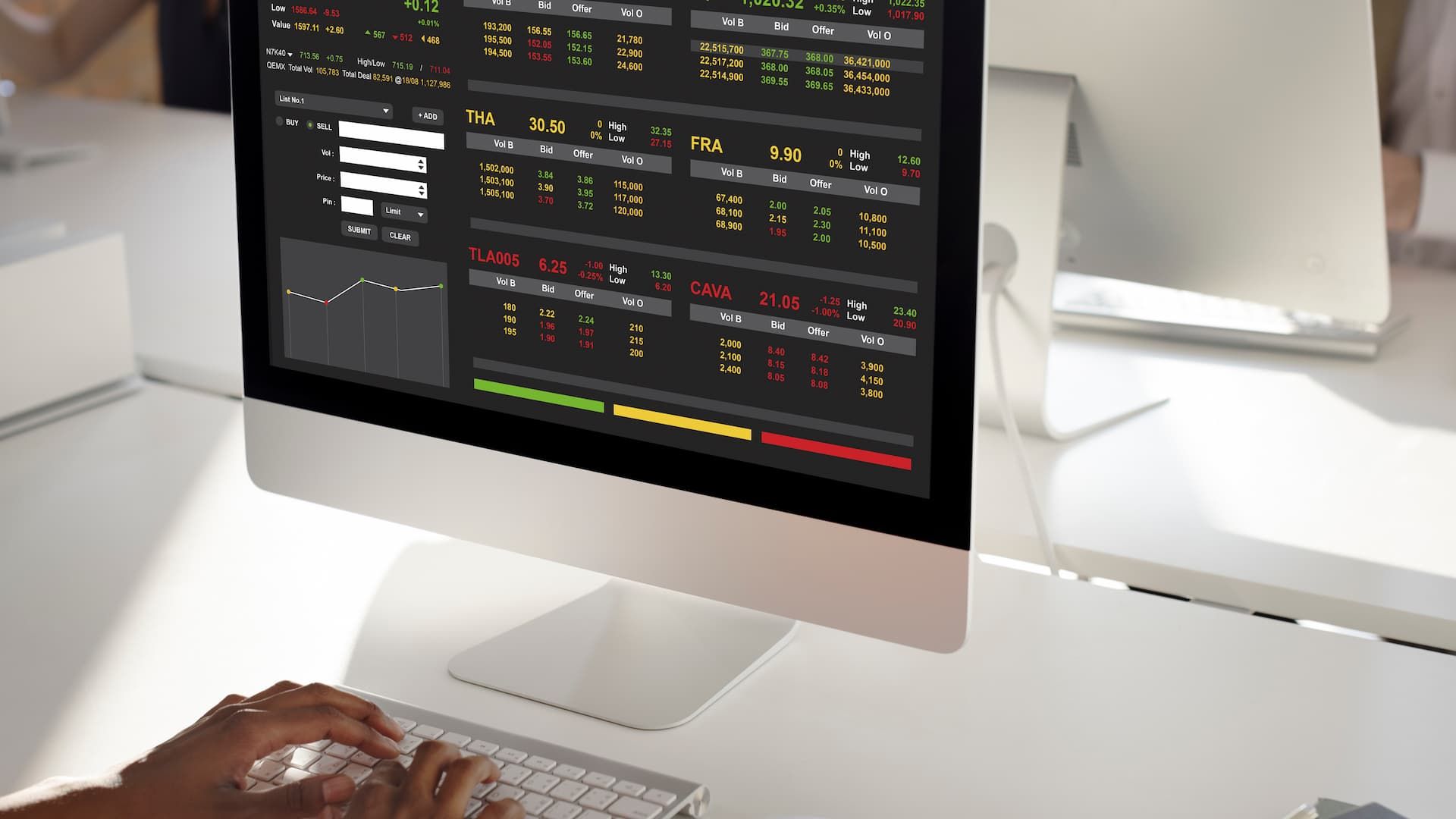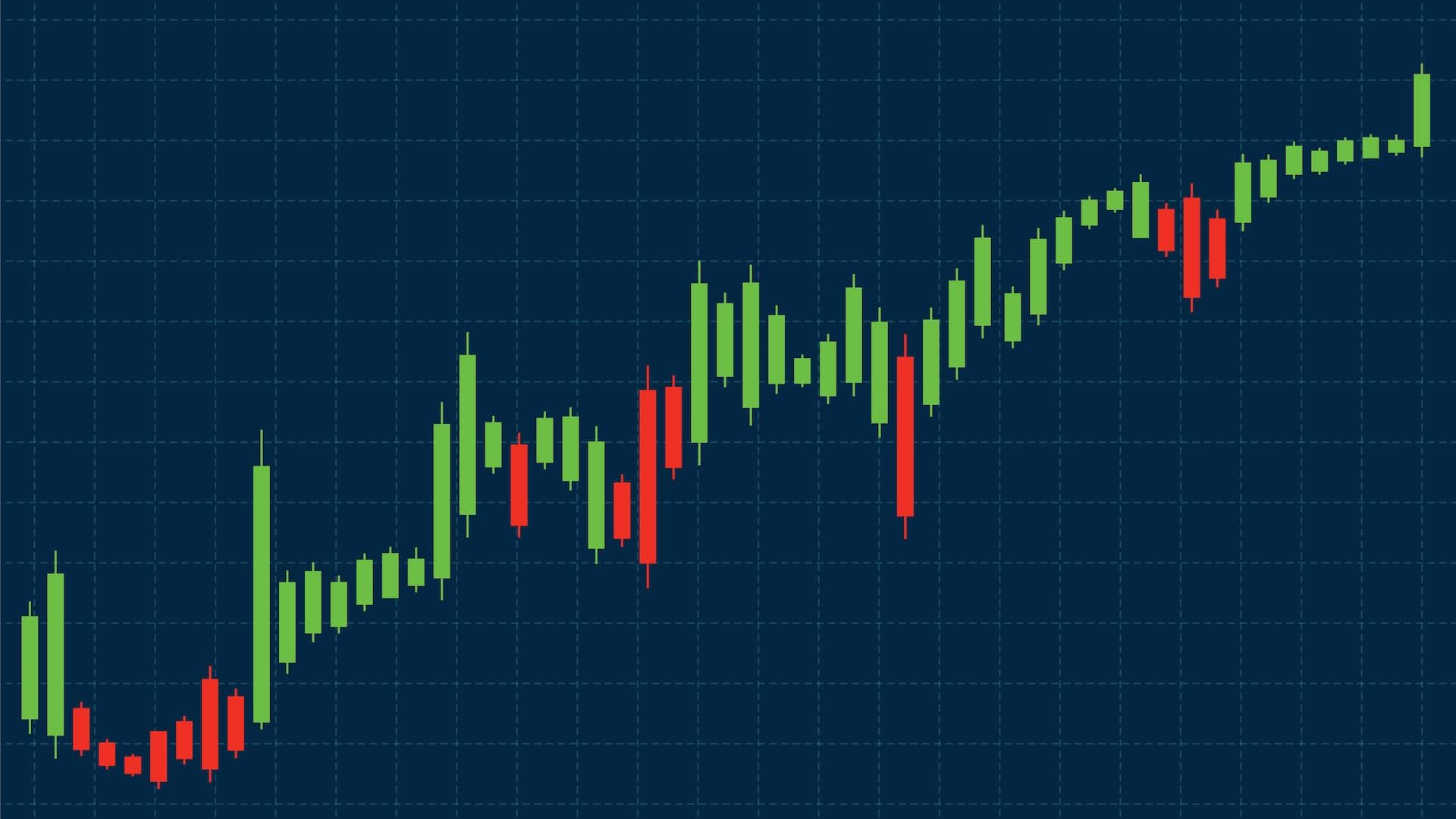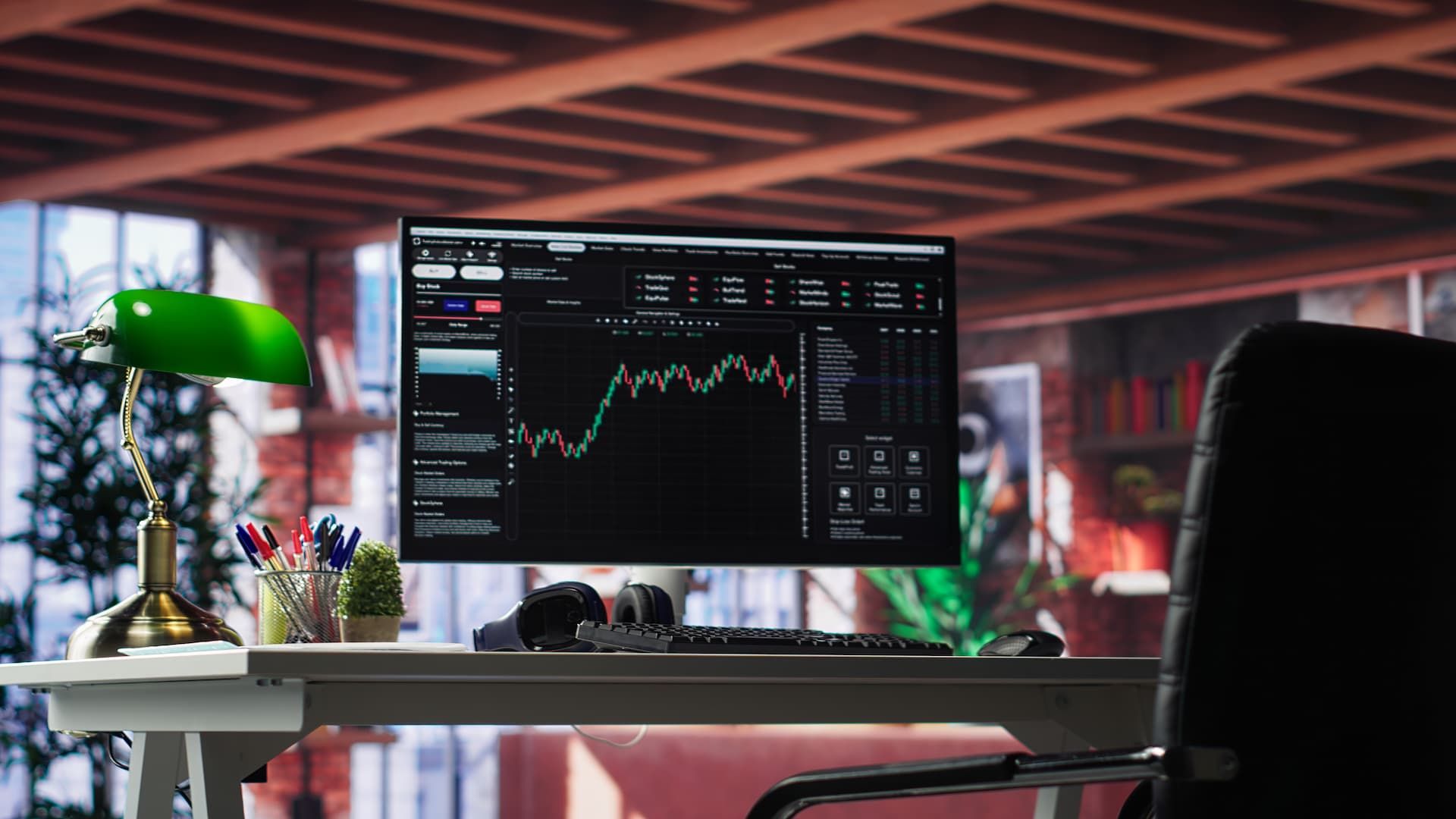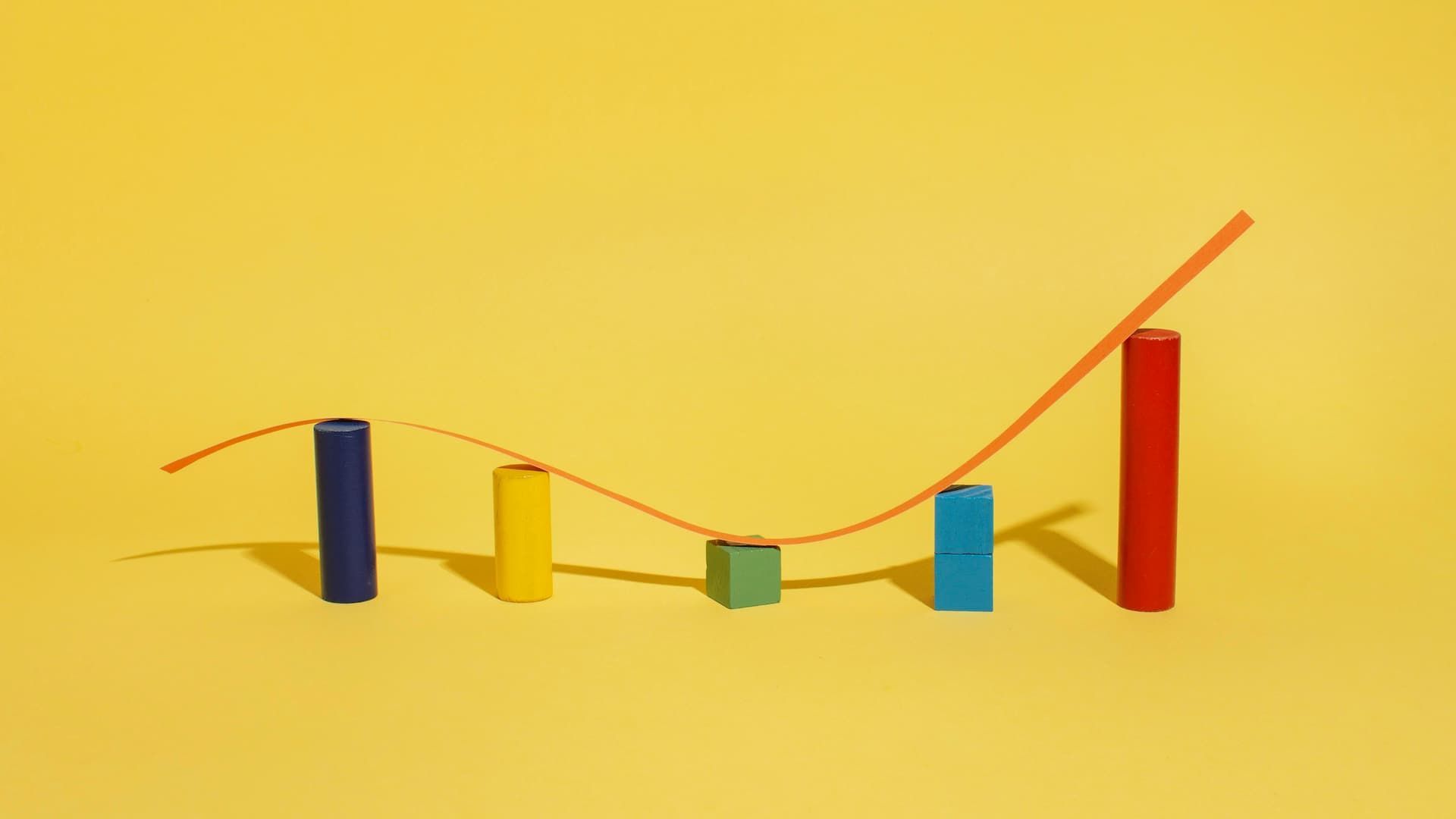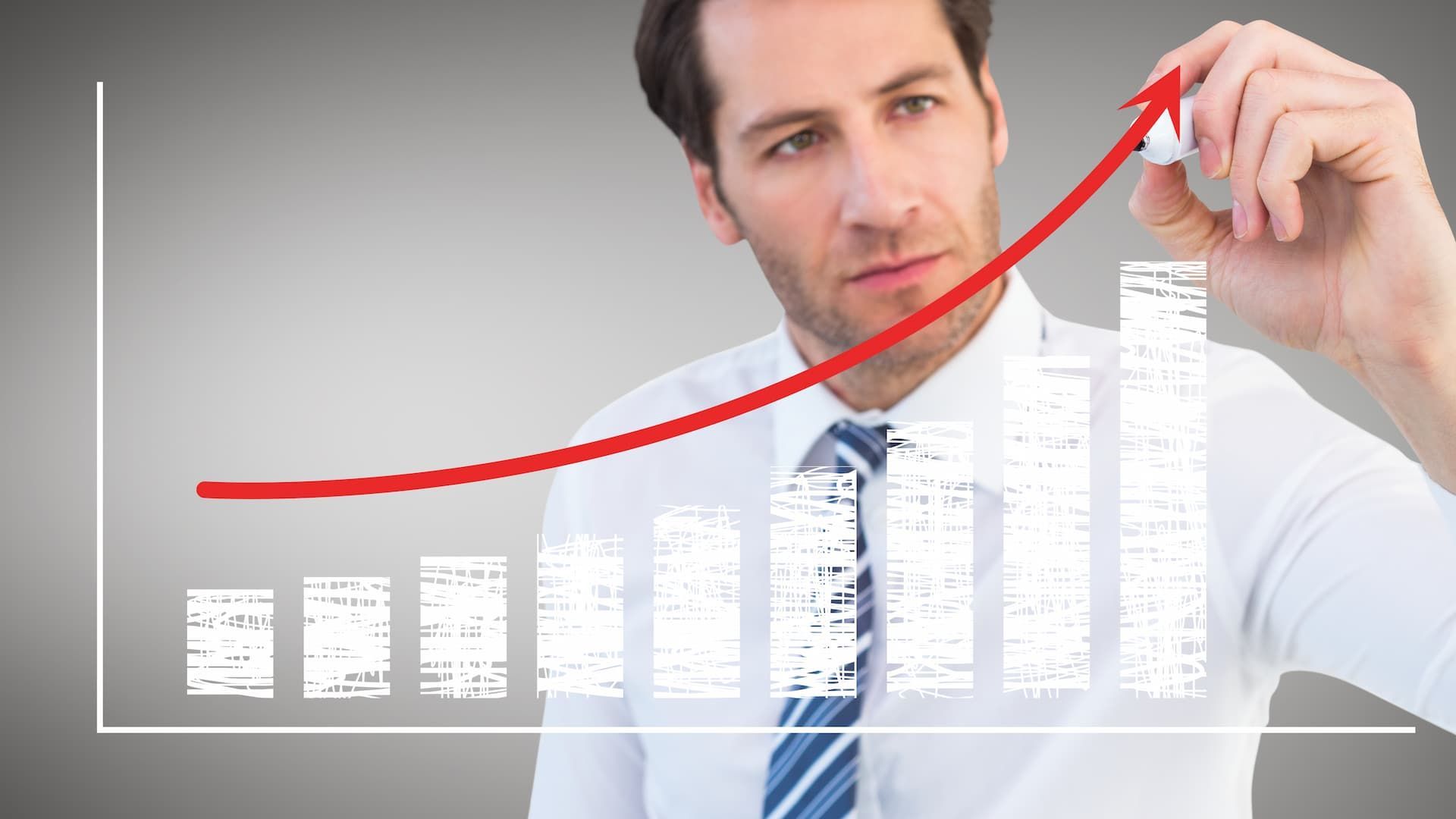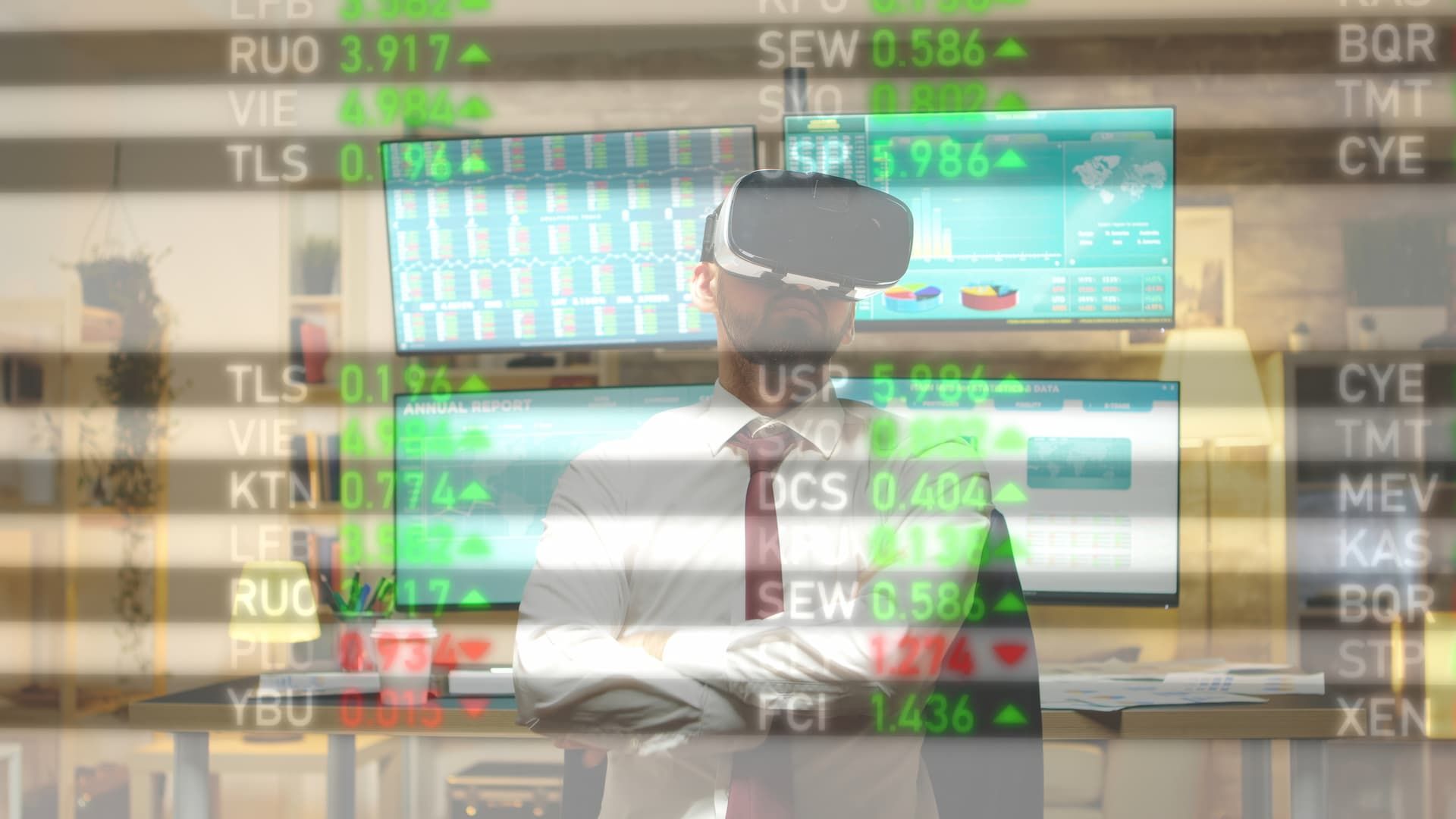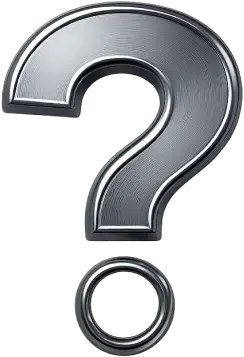Some traders want full control and direct access to the order book, while others prefer flexibility and lower barriers through contracts for difference. Understanding the difference between direct market access (DMA) and CFD trading helps you decide which path fits your style. DMA puts you in the same arena as major market participants like hedge funds and institutional desks, giving you speed and transparency. CFDs, on the other hand, let you speculate on stocks, indices, or forex without owning the underlying asset. Both forms of market access serve a purpose, but they suit different traders and strategies.
Understanding Market Access
Market access defines how traders enter and interact with financial markets. You either trade directly with market participants or use instruments like CFDs that mirror price movements. Choosing between DMA access vs. CFD trading depends on your goals, experience, and trading strategy.
What is direct market access (DMA)?
Direct market access means you trade directly on an exchange order book. Instead of going through a market maker, you connect to venues like the New York Stock Exchange or the York Stock Exchange. This gives you real market access with full transparency on price and volume. DMA attracts hedge funds, professional traders, and anyone who needs advanced trading strategies with speed and control.
How DMA trading works
With DMA, you see live bids and offers from other market participants. You place your order inside the order book and instantly execute trades. Many use algorithmic trading or high-frequency setups here, since DMA allows precise timing and fast order flow. A good online trading platform connects you directly to the exchange and helps you manage orders in real time.
Role of a direct market access broker
A direct market access broker provides the infrastructure to connect you with exchanges. They offer direct market access tools and often provide direct market access through professional-grade platforms. These brokers do not act as market makers; instead, they give you the gateway to place your own orders in the book. This setup benefits active traders who rely on speed, flexibility, and control.
Key stock exchanges for DMA
DMA works best on liquid venues where stocks trade with high volume. The New York Stock Exchange remains the primary hub for DMA users. Other major stock exchanges in Europe and Asia also attract professional traders. With DMA, you choose your entry and exit without dealer intervention, making it a popular choice for those who demand direct control over their trades.
CFD Trading Basics
CFDs take a different approach. Instead of trading on an exchange, you trade contracts with a broker. This form of market access focuses on flexibility and simplicity, often through one online trading platform.
What is CFD trading?
CFD trading means speculating on the price of a stock, index, or commodity without owning the underlying asset. Instead of direct market access, you trade a contract with a broker that mirrors the asset’s price. Traders use CFDs because they can gain broad market access from a single online trading platform, often with leverage and low capital requirements.
How market makers operate in CFD trading
In most CFD setups, a market maker stands on the other side of your trade. The broker quotes both buy and sell prices and allows you to execute trades instantly. You don’t compete directly with other market participants as in DMA. Instead, you interact with the broker’s pricing model, which creates liquidity and ensures you always have a counterparty.
Benefits of CFD trading for traders
CFDs give traders flexibility. You can trade rising or falling markets, use leverage, and diversify across global assets from one account. With CFDs, you can scale positions quickly and react fast to market moves. Retail traders often favor CFDs because they remove the need to connect directly to large exchanges and simplify the process.
Limitations of CFDs vs. DMA
CFDs also come with limits. Since you don’t access the exchange order book, you lose transparency and sometimes face wider spreads. Slippage and broker bias can affect your results. Unlike DMA, CFDs don’t give you visibility into real market depth. This difference matters for advanced strategies or for traders who want to manage risk with full control.
Key Differences Between DMA and CFD Trading
DMA and CFDs may look similar at first glance, but the way they connect to the underlying market makes them very different. DMA routes orders directly to stock exchanges or multilateral trading facilities through a DMA broker, while CFDs let you speculate on financial instruments without direct exchange access. These differences affect pricing, control, and risk for both beginners and advanced traders.
Execution speed and order types
DMA gives traders the ability to place limit and market orders directly on the exchange. Orders move through liquidity providers and sell side firms, giving professional traders speed and precision. In CFD trading, execution happens inside the broker’s system. While fast, it depends on the best CFD broker technology and doesn’t show you the raw exchange order book.
Best price availability
With DMA, your order competes with other market participants across multiple liquidity venues. You often get the best price available in the underlying market, especially when trading liquid stocks. With CFDs, the broker sets quotes, sometimes wider than the exchange spread, so pricing depends on the broker rather than open competition.
Market transparency
DMA shows you full depth of the order book on stock exchanges, including bids and offers from dedicated market makers, hedge funds, and even pension funds. This level of transparency helps advanced traders build strategies around market liquidity. CFD trading hides this view. You only see the broker’s quotes without details of other orders.
Control over trades
With DMA, you control how and when to place orders in the book. A DMA broker lets you decide your entry and exit, matching your strategy to live supply and demand. In CFDs, the broker takes more control, managing prices and execution. This makes CFDs easier for beginners but less precise for advanced strategies.
Risk exposure comparison
In DMA, you trade directly with the underlying market, so your risk exposure reflects real conditions. Spreads, slippage, and volatility depend on exchange activity. In CFDs, you face counterparty risk from the broker, since you don’t own the asset. While trading CFDs gives flexibility and access to many instruments, DMA offers more authentic exposure to actual market moves.
Choosing the Right Approach
Every trader faces the choice between DMA and CFDs. The best option depends on your trading strategy, the market conditions, and the type of assets you trade. You should always weigh your ability to manage risk and decide how much control you want over the entire position.
When experienced traders prefer DMA
Experienced traders often pick DMA because it gives them full transparency and control over market moves. They see the book, adjust the entry price, and manage the average price of positions. For winning trades, they can apply position scaling, secure an initial profit target, and adjust the final position based on live market dynamics.
When CFD trading is more suitable
CFDs work better for day traders or those who value flexibility. You don’t need to interact directly with the exchange and can scale quickly. CFDs allow you to aim for a profit level without dealing with complex order books. This makes them useful for handling losing trades or trading assets that are harder to reach with DMA.
Factors to consider: market conditions and asset type
Strong market conditions with high liquidity favor DMA, since you can chase the best profit target with precision. Thin or volatile markets may suit CFDs better, because brokers simplify access and reduce entry barriers. Think about whether the asset type requires direct access to the underlying market or if a contract is enough for your plan.
Combining DMA and CFD strategies
Some traders scale across both methods. They use DMA for a winning position on liquid stocks and CFDs to hedge or diversify into other markets. By combining both, you can spread risk across a remaining position in DMA and a risk free trade setup in CFDs. This hybrid approach lets you react to trade moves more efficiently.
Order Execution and Practical Tips
Order execution defines whether your trading strategy succeeds. DMA and CFDs handle orders differently, so you must understand how each affects your risk management, execution speed, and ability to lock in a profit target.
How order execution differs in DMA and CFD
DMA routes your order directly to the exchange, letting you decide the entry price and exit with full control. CFD brokers, by contrast, fill your orders internally. That makes execution simple for day trading, but you don’t control the entire position in the same way.
Minimizing slippage with DMA
DMA reduces slippage because you interact with real market moves and liquidity. You see where buyers and sellers wait, which helps you place orders near the average price. This gives advanced traders more confidence in building a winning trade with minimal risk.
Managing risk in CFD trading
CFD trading requires a strict risk management plan. Since brokers control pricing, losing trades can spiral quickly if you ignore stops. Always set a profit level, secure a partial final position, and close when conditions turn. By doing this, you manage risk and protect your account.
Improving trading efficiency with DMA access
DMA gives you tools to optimize execution. You can use position scaling to lock in an initial profit target and let the remaining position ride as a risk free trade. This process boosts efficiency by matching your trader’s ability with real market dynamics instead of relying on broker quotes.
